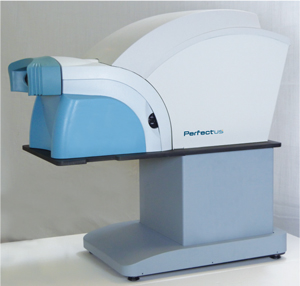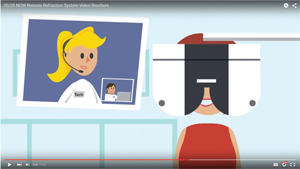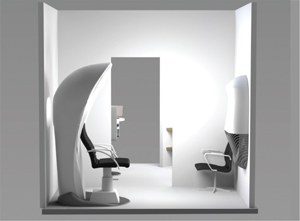| |  |
| | Vmax Vision’s Perfectus performs both objectiveand subjective refractions in one seating at one device. Once the examiner obtains the objective, he or she can complete the subjective refraction in about 30 seconds to get to 20/20 and about a minute to get to 20/12. |
| | |
| |  |
| | The 20/20 Now system offers a hybrid approach in which a patient sits at an automated phoropter in an eye doctor’s offi ce and a technician conducts the refraction remotely, using a video screen to communicate with the patient. |
| | |
| |  |
| | The Digital VisionOptimizer from Digital Vision Systems contains an objective autorefractometer and can perform subjective refractions with a resolution of .05 diopters. |
| | |